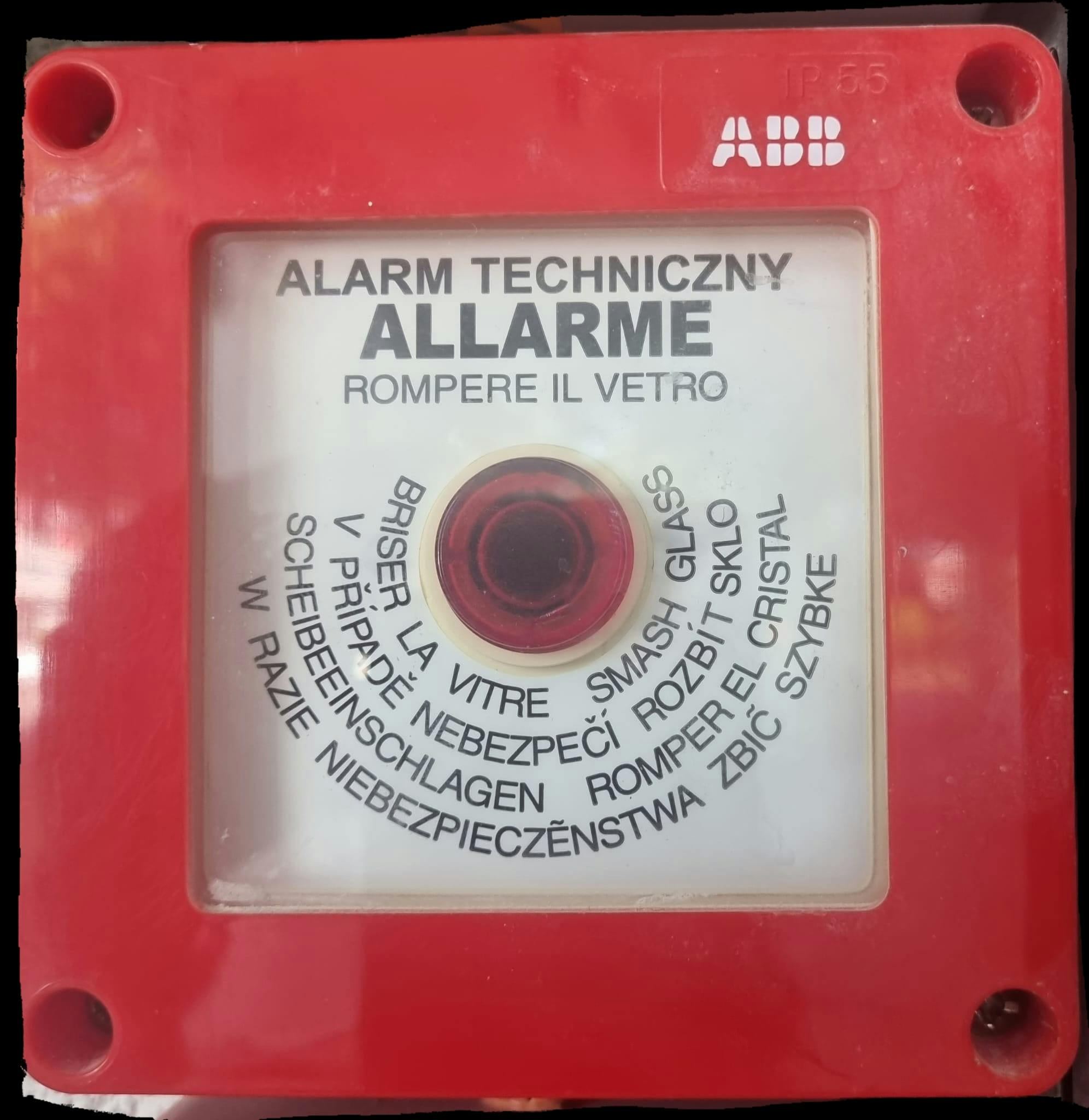Safety Above All

The thought of being caught in a fire is unpleasant and even frightening, but have you ever thought about how you would act in the moment of truth in the event of a fire?
This article will present you with important information about fire detection and extinguishing systems, which will help you ensure that your building is optimally protected from fires. A fire detection and extinguishing system consists of three parts:
1. Smoke Detectors
Smoke detectors, which are installed throughout the facility/building, detect smoke during a fire and automatically and immediately trigger a fire alarm through the electrical panel.
2. Preaction System
This system is designed to protect sensitive areas in the building, such as control rooms, server rooms, electrical systems, etc., from water damage. This system has double security and its job is to prevent water ingress due to false fire alarms caused by a malfunction. This system only releases water to extinguish a fire when two conditions occur simultaneously: an increase in air pressure, which indicates that the sprinkler has opened, and the activation of the smoke detection system.
In the event of a sprinkler malfunction that causes it to activate and increase air pressure, the smoke detection system will not be activated, and the preaction system will prevent water from entering sensitive areas.
3. Fire Extinguishing Stations
These stations consist of several components: a reel/hose, hoses, and an extinguisher, which are distributed throughout the facility/building. The law specifies the required distance between fire extinguishing stations. These stations serve as a backup in the event of a smoke detector malfunction, in which the fire extinguishing system does not activate. In such a case, a person can use the tools at the extinguishing stations to extinguish the fire independently.
It is important to conduct an annual inspection, which will include checking the functionality of smoke detectors, the preaction system, fire extinguishing stations, the water reservoir (a reservoir intended for cases of no water supply from the authorities for fire extinguishing, drinking, and hygiene), the expiration dates of fire extinguishers, and more. This inspection must comply with the standards set by law. Fire detection and extinguishing systems are essential in every building, and the law mandates their installation - and rightly so!
In the field of safety, there is no room for negligence.
Ensure today that your building meets the standards and is fire-safe.


